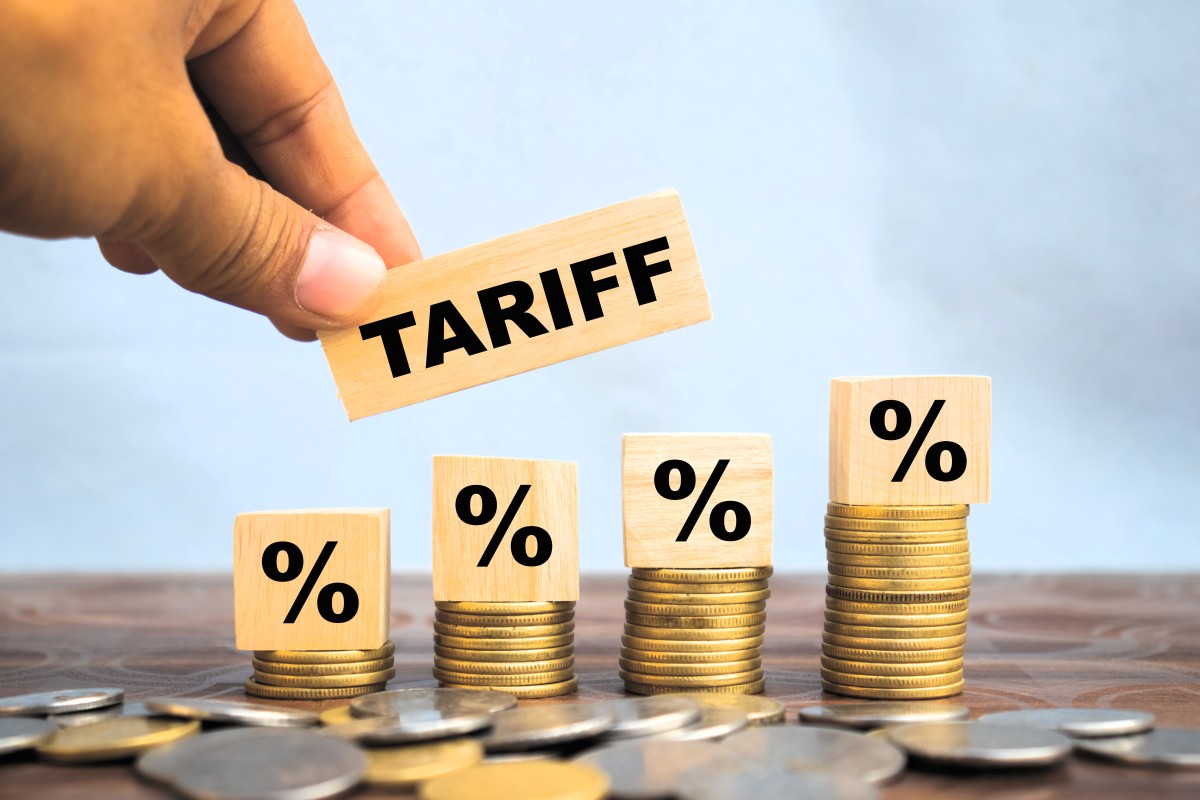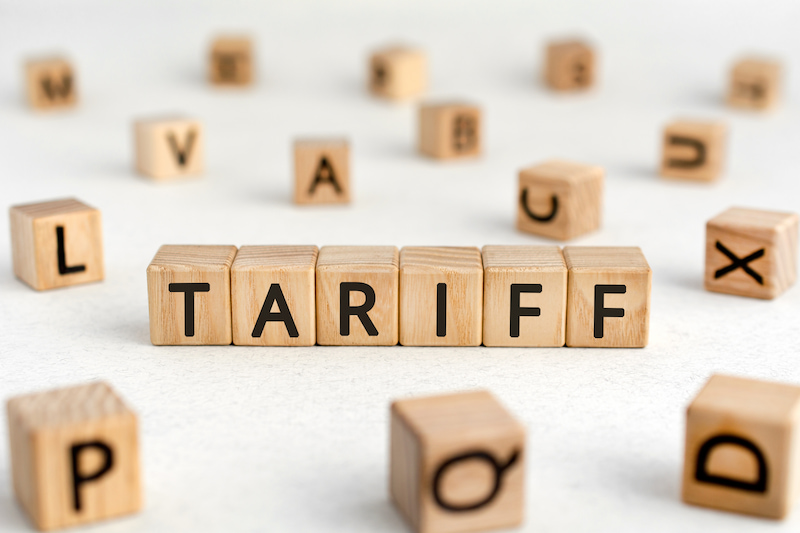Such companies play an important role in their supply chains by monitoring green processes, providing necessary knowledge/information, and in many cases, facilitating green financial models.
To monitor the environmental impact of their suppliers, buyers should introduce environmental standards and set clear expectations for environmental performance, covering emissions, waste, water usage, energy consumption, etc.
These buyers can work closely with their suppliers to develop and implement plans to address the environmental challenges they are facing. They can conduct joint workshops to enhance knowledge and build up environmental management capabilities.
Green financing for supply chains in particular deserves more attention, as it can create a financial incentive for suppliers to commit to sustainability. Supply chain leaders are typically large corporations with abundant resources or access to a better investment scheme. Hence, they can assist smaller companies (local manufacturers) to deal with the cost of green transformation. Besides, the corporate reputation associated with the supply chain leaders can facilitate access to green investment, such as green bonds or sustainable development loans.
In a survey of 437 global manufacturers, my RMIT colleagues and I found that businesses can improve their market shares and revenues – thereby enhancing their financial positioning – if they know how to highlight their environmental targets and the methodologies used to attain such goals in their conversations with stakeholders.
It is worth noting that over time, the mutually beneficial relationship between green consumers and manufacturers can trigger process innovation, which could lead to financial and cost improvements.
The more pressure from consumers to go green, the stronger the process improvement in businesses. It would make sense for companies to boost strategic partnerships and collaboration with customers to tackle environmental pressure.
Story: Dr Nguyen Manh Hung, Senior Program Manager for Logistics and Supply Chain Management, RMIT University
This story is based on an article previously published by Vneconomy.
Masthead image: Quality Stock Arts – stock.adobe.com





